
Dec 7, 2019 · Submerge bottles and bottle parts for 3-5 minutes in the boiling water. Use stainless steel tongs to avoid burning yourself. Carefully remove bottles using tongs and set out on a clean, dry dish towel to air dry. Note: Air-drying on a clean dish towel or paper towel is a better option than a drying rack.
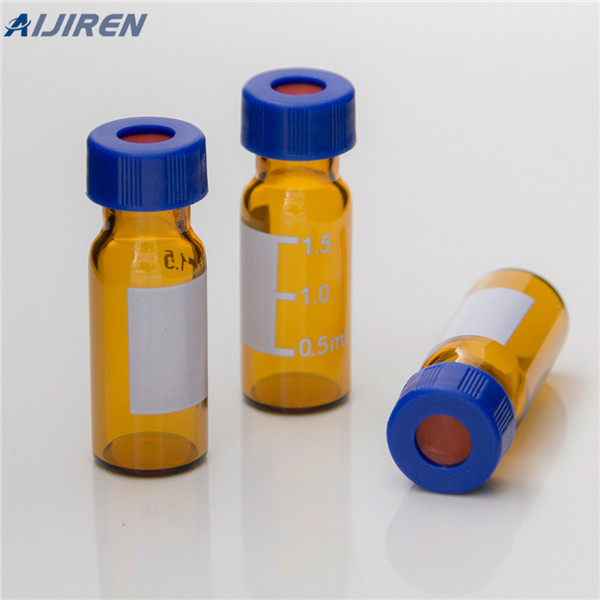
After that, it is no longer necessary to sterilize bottles and their accessories. Many years ago, when water supplies were not reliably clean, baby items required sterilization, but nowadays, this is thankfully not an issue. Washing items thoroughly with hot water and soap is all that is required to remove most harmful germs from bottles.
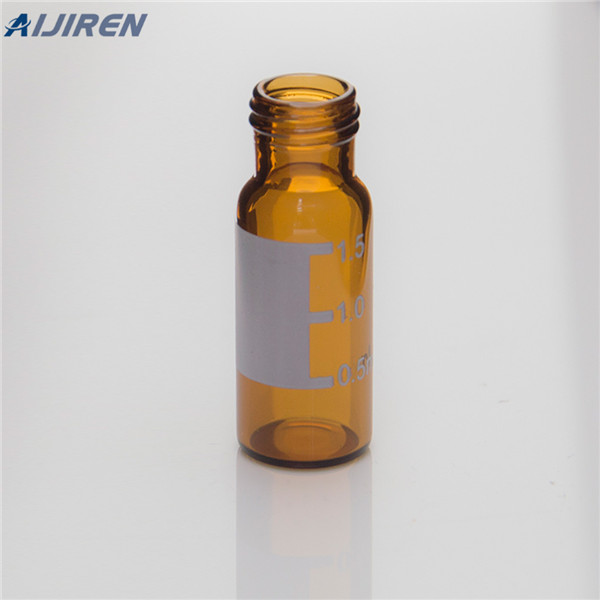
Jul 21, 2017 · Warning. Fill a clean pot or saucepan with water. Set it on the stove and turn the burner on high. Wait for the water to come to a rolling boil. Place the glass vials and stoppers into the water. Cover the pot with its lid. Leave the water boiling Set out a clean towel on the counter. Moisten ...
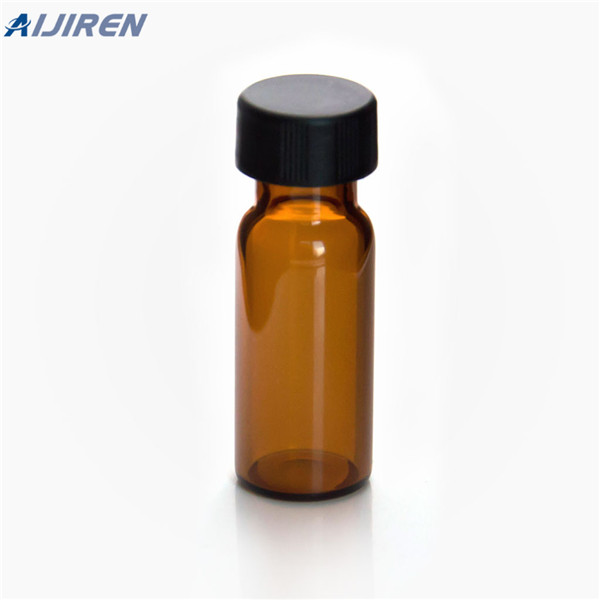
As repeatedly mentioned, items must be cleaned using water with detergents or enzymatic cleaners 465, 466, 468 before processing. Cleaning reduces the bioburden and removes foreign material (i.e., organic residue and inorganic salts) that interferes with the sterilization process by acting as a barrier to the sterilization agent 179, 426, 457, 911, 912.

Oct 14, 2020 · Wash bottles thoroughly and remove sticky labels. Soak in a solution of bleach and hot water. Rinse thoroughly with distilled water. Dry and further sterilise in a clean, hot oven. Fill and seal bottles immediately to avoid contamination. Wash your bottles thoroughly and promptly straight after use. Washing them immediately will stop any drying

Sep 1, 2023 · Here’s how to sterilize baby bottles in the microwave without any other special equipment: Start with a clean microwave. Fill bottles about halfway with water. Microwave on high for one to two minutes. Using oven mitts, remove bottles from the microwave, dump remaining water out and let the bottles air dry.

Oct 31, 2022 · Place empty jars on a rack near the top of a boiling-water canner and place them in the canner to be sterilized. To the canner and jars, fill them with hot (but not boiling) water 1 inch above the tops. Boil in a microwave at temperatures of less than 1,000 degrees Fahrenheit for 10 minutes.

Sterilising baby bottles. It's important to sterilise all your baby's feeding equipment, including bottles and teats, until they're at least 12 months old. This will protect your baby against infections, in particular diarrhoea and vomiting. Clean bottles, teats and other feeding equipment in hot, soapy water as soon as possible after feeds.
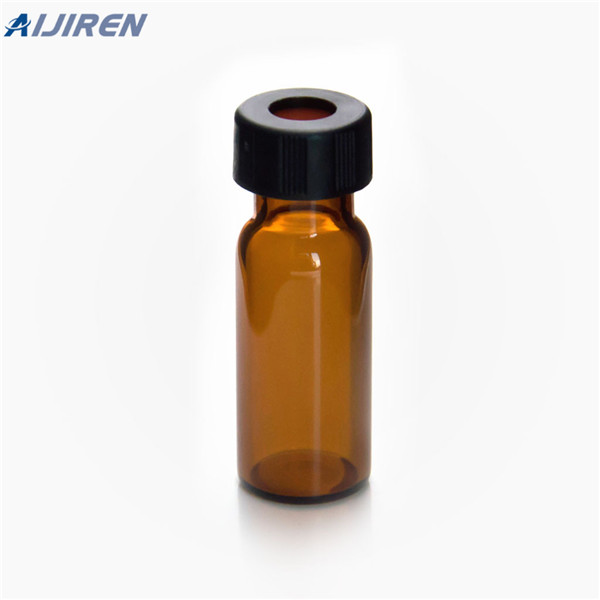
May 5, 2020 · You can also place the jars into a large pan of boiling water for 10 minutes. To finish off drain the water and dry. Step 3: Place the glass jars in the dishwasher on a hot cycle. Step 4: Sterilise the metal seals in boiling water for 5 minutes then leave to dry.

Dry. 5. Sterilize. Cleaning Essential Oil Bottles. 1. Soak in Vinegar. Soak bottles in 1 gal hot water + 1/4 cup white vinegar. To start your essential oil bottle cleaning, fill your sink with about 1 gallon of hot water. Not too hot, as you’ll still need to be able to put your hands in it.

Jul 14, 2023 · Turn your burner on high and allow the water to boil. [3] To get your water to boil faster, cover the pot with a lid that fits it. Do not put salt or anything else into the water. 3. Place all the bottle pieces in the boiling water for 5 minutes. [4] Drop all your bottle pieces into the water once it’s boiling.

Bring the water to a boil. Start a timer and let it boil for 10 minutes, make sure the jars remind submerged in the water throughout this time. Remove jars and caps from the pot. The jars and caps are now sterilized and ready to fill. Make sure you fill the jars while they are still warm. If the jars cool down to room temperature, make sure you
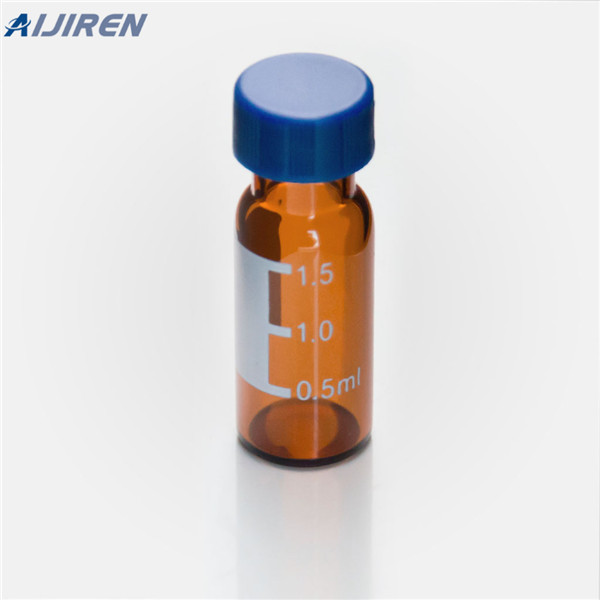
Jan 10, 2020 · 1. Sterilize with Boiling Water. This is the safest, easiest method for sterilizing your baby bottles. Disassemble your bottle parts and place them in a large pot. Fill the pot with enough water

Dec 9, 2017 · Step 1. Using a steamer basket, steam the glass jar and lid for 5 to 7 minutes. Steam the glass jar and lid for 5 to 7 minutes to ensure proper sterilization. Use a large saucepan with a lid. Fill it halfway with water. Position a steamer basket inside the saucepan, so that its bottom is just above the water.
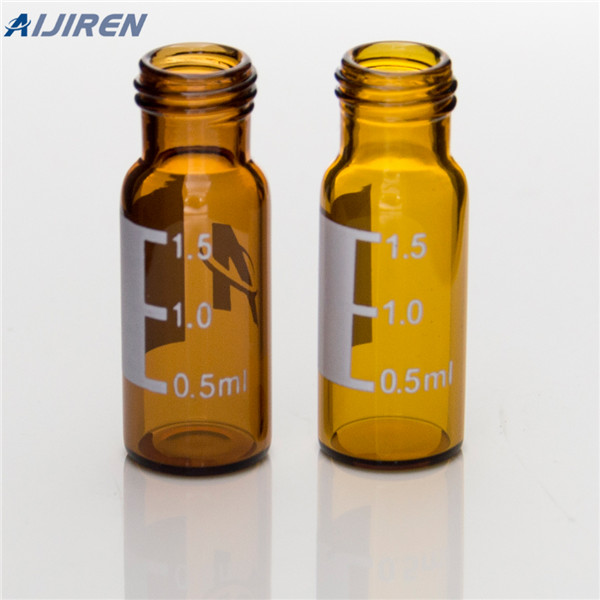
Wash the parts in a bowl of warm water and a few drops of dish soap. Rinse the parts in warm running water and place on a clean, dry, lint-free towel or paper towel. Use a steam sterilizer to disinfect the nebulizer parts. Air-dry the parts on a clean lint-free towel or paper towel. Air drying is recommended for all nebulizer parts.